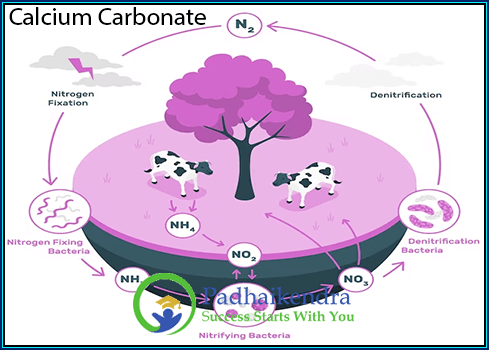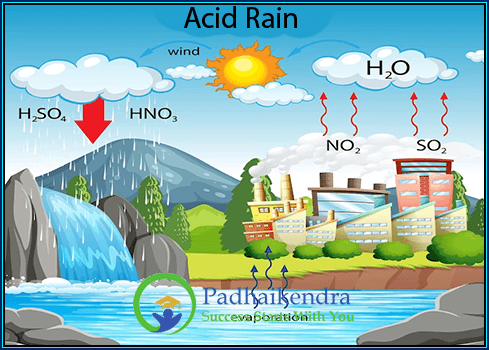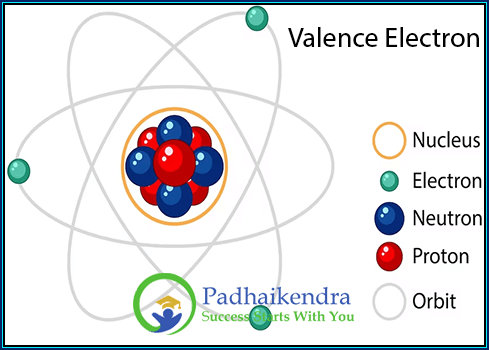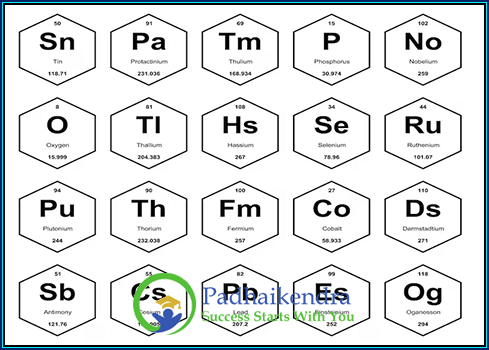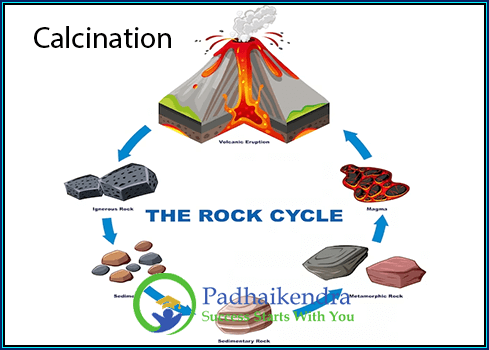What is Calcium carbonate?
Calcium carbonate (CaCO3) is a chemical compound that is widely found in nature. It is a white, odorless powder or crystalline solid that occurs naturally in limestone, chalk, and marble, as well as in the shells of marine organisms such as oysters and corals. Calcium carbonate is formed by the reaction of calcium ions (Ca2+) and carbonate ions (CO32-) in aqueous solutions. It is commonly used as a dietary supplement, an antacid, and a base material for the production of lime, cement, and other construction materials. Calcium carbonate is also used as a filler in the paper, paint, and plastics industries.
Preparation of Calcium carbonate CaCO3
- Reaction between calcium hydroxide and carbon dioxide: Calcium carbonate can be prepared by reacting calcium hydroxide (Ca(OH)2) with carbon dioxide (CO2) in aqueous solution. The reaction produces calcium carbonate and water:
Ca(OH)2 + CO2 → CaCO3 + H2O
- Thermal decomposition of calcium bicarbonate: Calcium carbonate can also be prepared by thermal decomposition of calcium bicarbonate (Ca(HCO3)2), which is formed by dissolving calcium carbonate in carbonic acid (H2CO3) solution. The thermal decomposition reaction produces calcium carbonate, carbon dioxide, and water:
Ca(HCO3)2 → CaCO3 + CO2 + H2O
- Precipitation of calcium carbonate from calcium chloride and sodium carbonate solutions: Calcium carbonate can be prepared by precipitating calcium ions (Ca2+) from calcium chloride (CaCl2) solution with carbonate ions (CO32-) from sodium carbonate (Na2CO3) solution. The reaction produces calcium carbonate precipitate and sodium chloride (NaCl) solution:
CaCl2 + Na2CO3 → CaCO3 + 2NaCl
These are some of the common methods used for the preparation of calcium carbonate.
Properties of Calcium carbonate CaCO3
- Physical state: Calcium carbonate exists in the form of a white, odorless, and tasteless powder or crystal.
- Solubility: Calcium carbonate is sparingly soluble in water, with a solubility of about 0.0013 g/100 mL at room temperature. It is more soluble in acidic solutions due to the formation of soluble calcium salts such as calcium chloride.
- Density: The density of calcium carbonate is about 2.71 g/cm3.
- Melting point: Calcium carbonate decomposes at high temperatures before melting. The decomposition temperature is around 825 °C.
- Chemical properties: Calcium carbonate reacts with acids to produce carbon dioxide gas, water, and a calcium salt. It is also a base that can react with acids to form salts and water.
- Occurrence: Calcium carbonate is found in large quantities in nature, such as in limestone, chalk, and marble, as well as in the shells of marine organisms.
- Use: Calcium carbonate is used in many applications, including in the production of cement, as a dietary supplement, as a pH modifier in industrial processes, and as a filler in the paper and plastics industries.
Calcium carbonate Structure CaCO3
https://cdn1.byjus.com/wp-content/uploads/2018/11/Calcium-carbonate-structure.png
The structure of calcium carbonate (CaCO3) is a trigonal planar molecule consisting of one calcium cation (Ca2+) and three carbonate anions (CO32-). Each carbonate anion is made up of one carbon atom and three oxygen atoms.
The calcium cation is located at the center of the molecule, with each of the three carbonate anions attached to it by a single covalent bond. The geometry of the molecule is such that the carbonate anions are arranged in a flat, triangular shape around the calcium cation.
The calcium carbonate structure is also characterized by the presence of strong ionic bonds between the calcium cation and the carbonate anions, as well as weaker covalent bonds between the carbon and oxygen atoms within each carbonate anion. These bonds contribute to the stability of the calcium carbonate molecule, which is a key factor in its many applications in industry and in nature.
Calcium Carbonate uses
Calcium carbonate (CaCO3) has a wide range of applications in various industries, including:
- Construction: Calcium carbonate is a key component of concrete, cement, and mortar. It is used as a filler material to improve the strength and durability of these building materials.
- Paper and pulp: Calcium carbonate is used as a filler and coating pigment in the paper and pulp industry. It improves the brightness, opacity, and smoothness of paper and reduces its production cost.
- Plastics: Calcium carbonate is used as a filler and reinforcing agent in plastics manufacturing. It improves the mechanical properties of plastic products and reduces their cost.
- Pharmaceuticals: Calcium carbonate is used as a dietary supplement to provide calcium, which is an essential mineral for strong bones and teeth. It is also used as an antacid to neutralize excess stomach acid.
- Agriculture: Calcium carbonate is used as a soil conditioner to improve the fertility and pH of acidic soils. It is also used as a feed supplement for livestock to provide calcium and as an ingredient in animal feed.
- Water treatment: Calcium carbonate is used as a water treatment agent to remove impurities and adjust the pH of water.
- Food industry: Calcium carbonate is used as a food additive in various products, such as baked goods, dairy products, and beverages, to provide calcium and as a white pigment.

